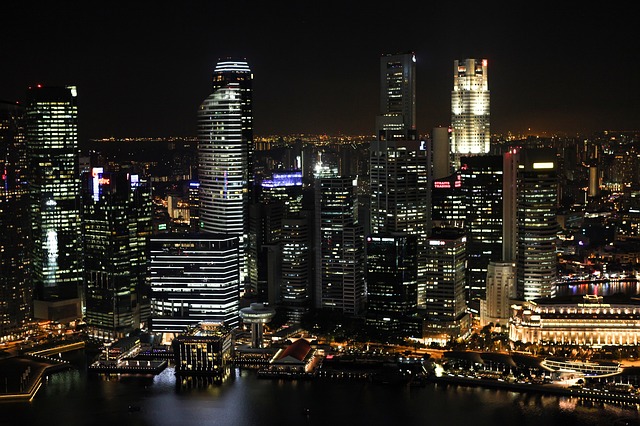
One of the ways in which the Internet of Things can improve the way we live is through “smart cities” initiatives, the goal of which is to facilitate communication between city officials and citizens via a myriad of devices.
But when it comes to controlling devices, “We’re still in the dial-up [era] of things,” according to IBM Fellow John Cohn, who works on IBM’s “Smart Cities” program. These networks will be huge, with lots of complexity and intricacy, and will be much more diverse than your average IT environment.
Cristian Borcea, chair of the computer science department at the New Jersey Institute of Technology, sees the current state of the Internet of Things as a number of small islands that are not connected to each other, all lacking higher-level communications protocols and data sharing that would be the backbone of a true Internet of Things.
In a city, it is important to have system-wide robustness, Cohn remarked. Smaller devices, he pointed out, have different robustness problems, and are much more exposed to nature and hackers, and as such can be compromised. “If we’re not careful, we’ll build very fragile systems.”
The current thinking of the Internet of Things is grounded in placing sensors inside devices that can report conditions back to the infrastructure. Let’s say a city wants a service that can locate traffic jams and communicate that out to drivers. Using a sensing infrastructure to determine where cars are requires redundancy, Cohn said, because sensors can fail for a number of reasons. “If there’s enough redundancy, if you can measure what’s coming in to a roadway and what’s coming out, then you can still have useful data.”
Borcea said that collecting data from users’ mobile devices is more cost-effective than putting up sensors all over the city. This “crowd-sensing” gives what Cohn called “clusters of coherence,” but getting those clusters to communicate with each other is where the work still needs to be done.
Data collection is of course critical, but also an area of concern for Borcea. “With no data sharing, there are limits to the number of apps we can have and the impact of the apps we can have,” he said. Of course, privacy concerns need to be worked out. “You need a way to decide which data really is secret and which can be shared,” he said.
One answer can be found not in the cloud, but in the fog: the notion of storing data at the network’s edge, discarding the hours and hours of useless data collected to concentrate on the “Ah ha!” moment. Or, as Cohn put it, “If you look at something like a power grid, it might be days and days and days of the same old thing, uninteresting data, punctuated by something like ‘Whoa, what was that?’ In the old days, people would be staring at gauges, and with lots of experience know that when this happens, 30 seconds later we’ll have to switch on that other transformer. It’s labor-intensive, and it’s not efficient.”
Enter autonomous devices. For the traffic example, Borcea said, “If a bike breaks down in a road, there should be a way to let people know before there [is] a big traffic jam.” I suggested that the navigation app Waze does that, and he said, “Waze needs someone to report it. We need the sensors on the bike to self-report.”
Cohn agreed, saying “It will be critical going forward to make devices more autonomous, that can think for themselves. Then we can see how cognitive processes will change things.”
A key to this involves putting programmers and IT folks together with people who have domain knowledge, such as city traffic experts and even car manufacturers, to ensure proper design of the system. Cohn said he spent the first number of years in IT doing chip design and learned that you first have to leverage human intelligence.
Take, for example, connected cars. “Right now, you get infrequent checks as to what’s going on in the car,” he said. “An idiot light comes on the dashboard, you kind of go, ‘Well, do I take it in six months later when I need that oil change, or do I run away from the car because it’s going to explode?’ The poor guy that’s designing the car doesn’t know what’s happening, so when you finally do drive in, they plug in the port, and say, ‘Hey it’s a good thing you came in. Your brakes are about to fail,’ or something.”






